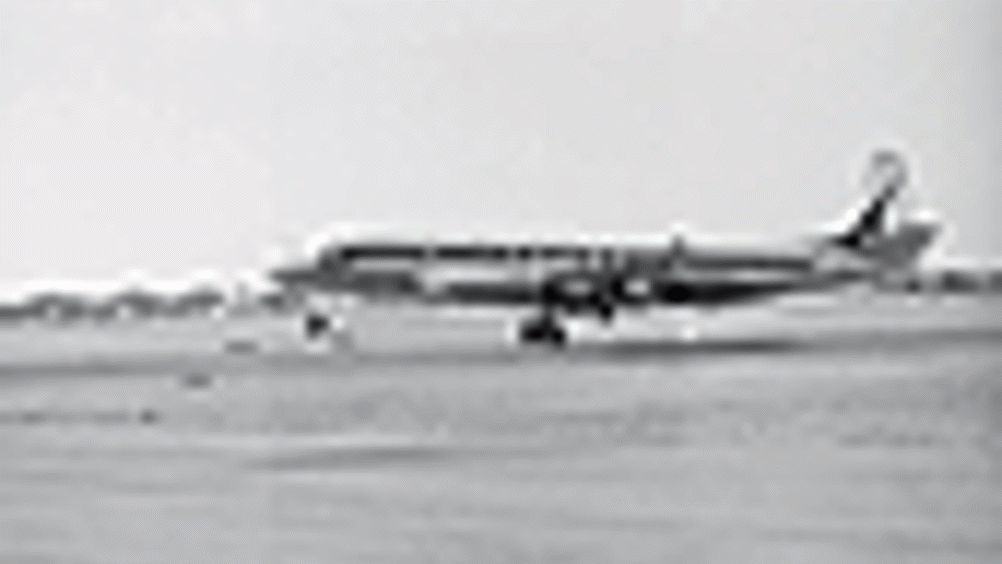This week in 1950: the De Havilland Comet

Six months after it became the first commercial jet airliner to reach production, The Engineer examined the performance of the De Havilland Comet.

'These figures bear out predictions made when the "comet" formula was thought of four years ago, namely that its high speed would more than retrieve the cost of the higher fuel consumption inherent in the jet engine,' wrote the magazine.
'It is considered that compared with the most modern liners of its class at present in world service, the "comet" will be about 20 per cent cheaper per ton-mile of payload and will be able to fly at least 50 per cent more ton-miles in the year.'
The article continued: 'The first cost of the aircraft is taken at £450,000. As the SBAC formula does not as yet provide figures for the cost of maintenance of turbine engines the De Havilland company has made an assessment, which yields a cost per hour slightly less than that of piston engines in comparable aircraft.'
Register now to continue reading
Thanks for visiting The Engineer. You’ve now reached your monthly limit of news stories. Register for free to unlock unlimited access to all of our news coverage, as well as premium content including opinion, in-depth features and special reports.
Benefits of registering
-
In-depth insights and coverage of key emerging trends
-
Unrestricted access to special reports throughout the year
-
Daily technology news delivered straight to your inbox











Water Sector Talent Exodus Could Cripple The Sector
Maybe if things are essential for the running of a country and we want to pay a fair price we should be running these utilities on a not for profit...